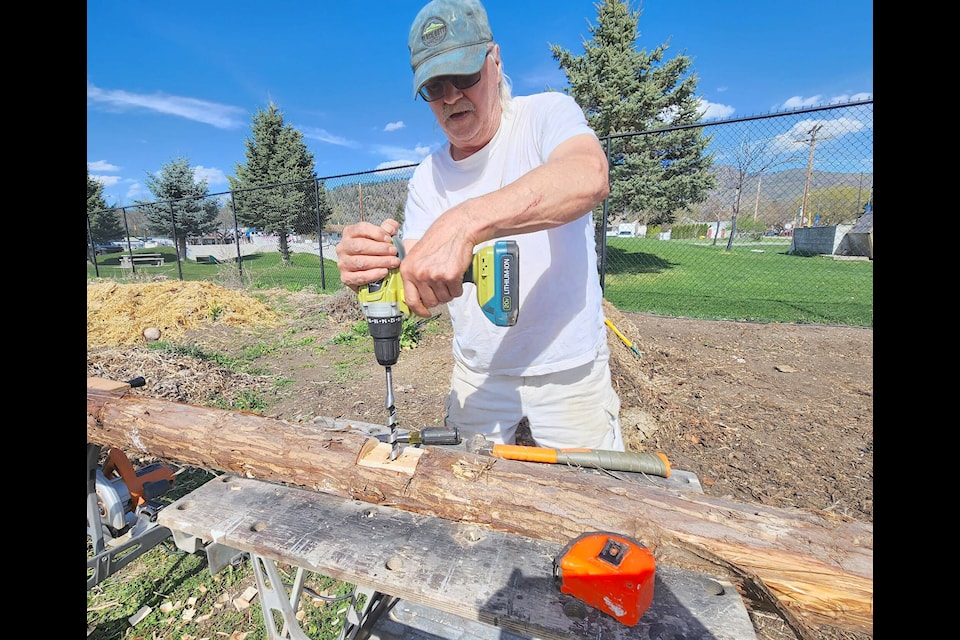The Public Learning Garden has been in existence for nearly a decade, but it goes beyond a place to house plants, it’s meant to be a place to bring people together.
The garden, located behind the Grand Forks Aquatic Centre, started in 2015 as a public space for people to come learn about the region’s horticulture, all of it built by volunteers, said Jim Raho. It’s been steadily branching out and developing different areas, from a medicine wheel garden based on Indigenous teachings, to the most recent mushroom inoculation. It’s been the site of seed exchanges, plant giveaways and numerous workshops over the years.
“The purpose of The Learning Garden is to bring people together through nature,” he said.
Because it is a public garden, running the garden needs public support and assistance. While the garden has been closed numerous times of the years because of various reasons, it’s only fitting they are asking for more volunteers to come help.
Now they are needed, Raho said, as they get ready to reopen more often and have more public events. Among them are plant giveaways for the public. As they have done in the past, they are also donating food grown in the garden to charities like the Boundary Community Food Bank.
Anyone wanting to volunteer can call Raho at 250-442-0699, or Andrea Yalits at 250-442-0390.
Building the garden started with bringing in industrial hemp from Saskatchewan, then straw and manure from Jerseyland Organics, making this truly a community project, he said. With the help of volunteers, they laid the foundation for the garden plots, carefully building the plots.
The latest build has been composting bins, which were of course, built by volunteers.
At the same time, Raho built the medicine wheel garden at the northeast end. It’s a special area of the garden because it’s a place for spiritual healing as well as a showcase of Indigenous medicine and sacred plants, he said. Through his studies in Indigenous teachings, he built the garden to first line up perfectly with geographic north and south. Then, added the 12 Rocks, a common spiritual practice in Indigenous cultures, which includes walking with intention from certain directions, from rebirthing, to cleansing, purity, clarity, love, trust, growth, strength, introspection, wisdom and Illumination. All these points are specifically lined up with north, south, east or west, depending on Indigenous teachings, he said.
